Domů → Products → For collectors → Calendars → Wall calendar Landscape on Banknotes 2024
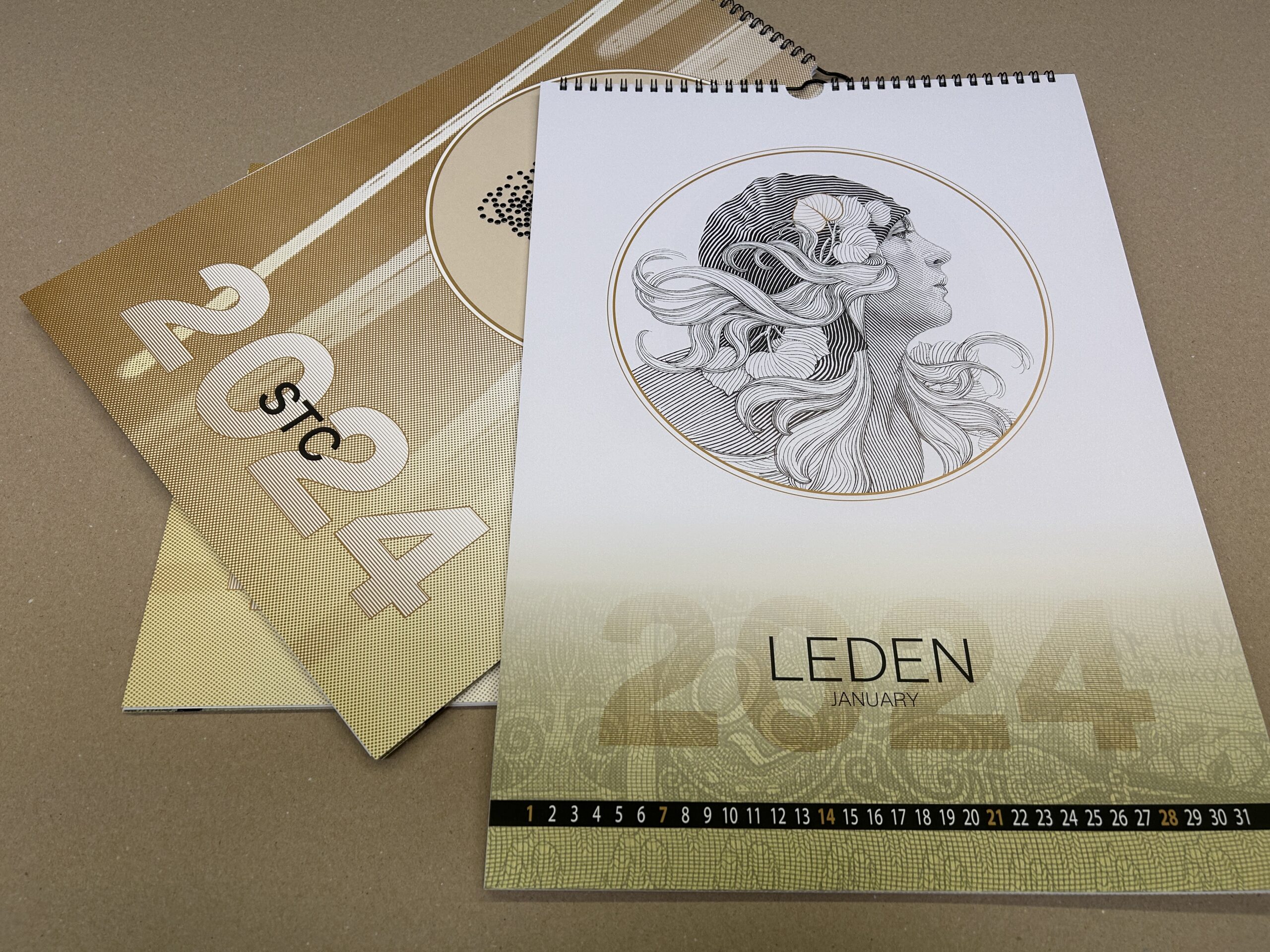


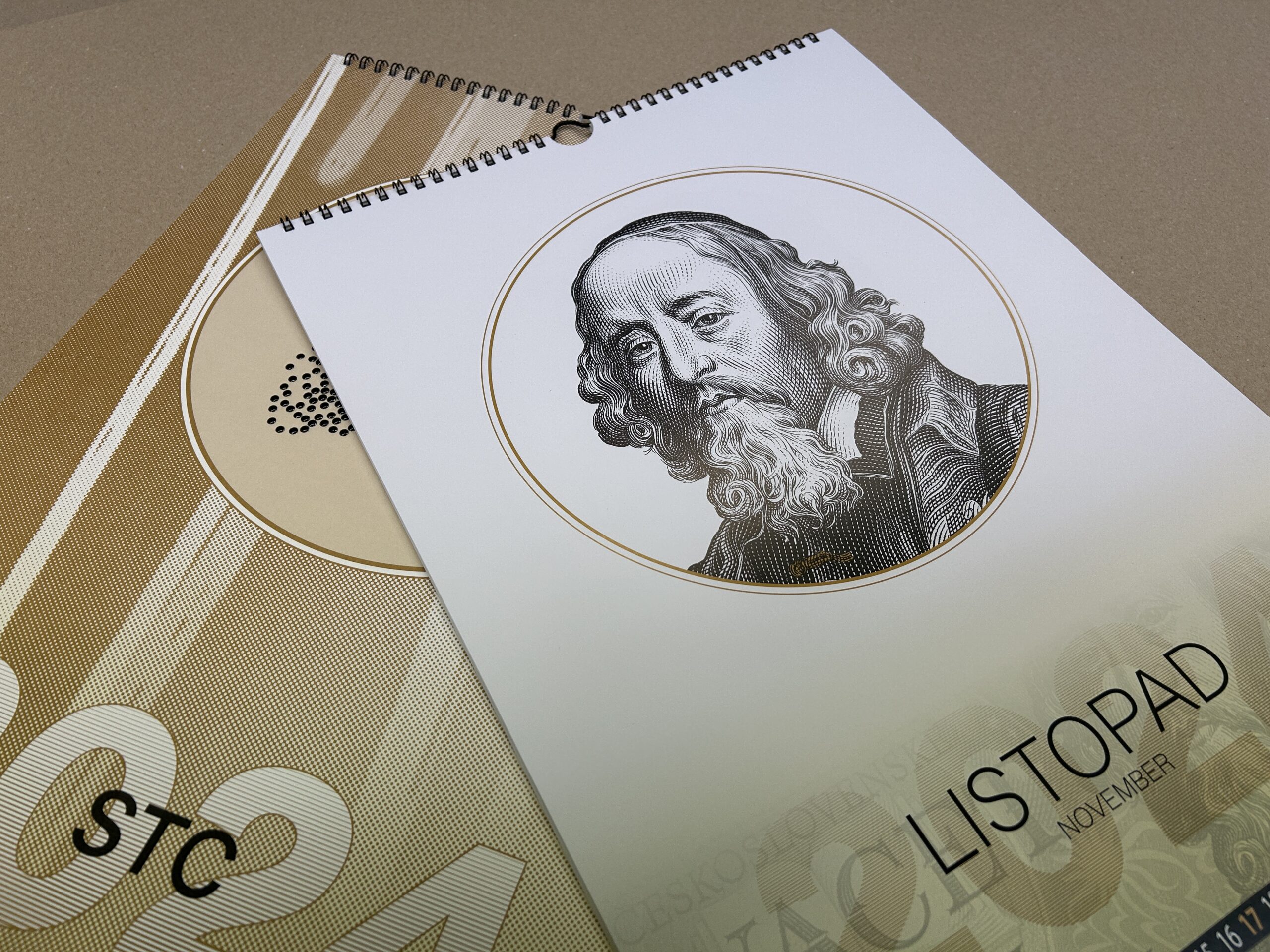



















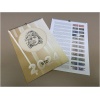
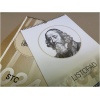
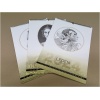
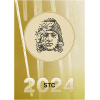
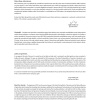
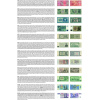
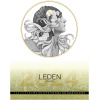

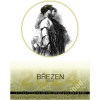
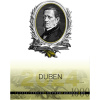
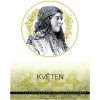
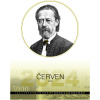

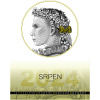

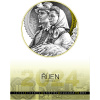
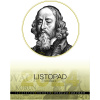

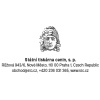
Discover the hidden beauty of agricultural motifs and landscapes on Czech and Czechoslovak treasury notes and banknotes with us. The calendar shows the influence of man on the landscape and agriculture from the time of the establishment of independent Czechoslovakia to the 1990s.
495 Kčincl. VAT (409.09 Kč without VAT)
Price incl. VAT is determined according to geolocation, the total final price will be displayed only after entering identification data and indicating the address of the place of delivery of the goods.
In stock
Doručení na adresu nebo vyzvednutí na výdejním místě v rámci ČR ve dnech 07.08.–13.08. More information on delivery
Zboží označené jako „Skladem“ je prodávajícím expedováno k dodání zpravidla do 10 pracovních dnů ode dne připsání úhrady kupní ceny na účet prodávajícího. Prodávající si vyhrazuje v odůvodněných případech z technických nebo provozních důvodů prodloužit tuto lhůtu až na 20 pracovních dnů, o čemž se zavazuje informovat kupujícího.
Delivery to an address or pick-up at a delivery point within the Czech Republic on 04.08.–08.08. More information on delivery
The goods marked as “In stock” are dispatched by the seller for delivery usually within 10 working days from the date of crediting the payment of the purchase price to the seller’s account. In justified cases for technical or operational reasons, the seller reserves the right to extend this period up to 20 working days, of which he undertakes to inform the buyer.
Discover the hidden beauty of agricultural motifs and landscapes on Czech and Czechoslovak treasury notes and banknotes with us. The calendar shows the influence of man on the landscape and agriculture from the time of the establishment of independent Czechoslovakia to the 1990s.
This bilingual calendar (CZ, EN) displays a detail of the selected currency for each month. January – fifty-crown from 1931, February – hundred-crown from 1932, March – thousand-crown from 1919, April – thousand-crown from 1935, May – fifty-crown from 1945, June – five thousand-crown from 1945, July – thousand-crown from 1945, August – twenty-crown from 1949, September – ten-crown from 1960, October – hundred-crown from 1961, November – twenty-crown from 1988, December – thousand-crown from 1996.
Buy a gift for yourself or your loved ones. The limited edition calendar with just 50 production copies is available exclusively from the STC e-shop.
The sale of the calendar starts on 15 November 2023. The expected price is CZK 495 including VAT.
More about the project:
In 2023, the State Printing House of Valuables prepared a travelling exhibition called Landscape on banknotes, which opened in September at the Prague branch of the National Museum of Agriculture. The calendar, which is based on this exhibition, presents selected Czechoslovak and Czech banknotes that show the influence of man on the landscape and agriculture. The calendar will illustrate how the design of banknotes changed from the time of the establishment of independent Czechoslovakia to the 1990s. Through contemporary symbolism, often represented by agrarian, folkloric or floral scenes, the banknotes not only represent political and cultural events that shaped our country, but also the importance and role of agriculture at the time. Prominent artists such as Alphonse Mucha, Max Švabinský, Albín Brunovský and Oldřich Kulhánek helped to create these banknotes. We firmly believe that this calendar comprising portraits of important designers of treasury notes and banknotes will bring you joy throughout the year.
January
The 50 crown bill issued in 1931 is a banknote graphics masterpiece by Alphonse Mucha. Into the image on the banknote’s reverse side, the artist integrated an allegory of industry and agriculture drawing on national traditions. The image of a girl adorned in the national costume holding a heart from which a linden twig grows corresponds to Mucha’s idea of Slavism as primarily embodied in his Slav Epic. Already during Mucha’s lifetime a myth developed around the banknote, according to which the artist had hidden a number of Masonic symbols in it.
February
The first of the banknotes in which Max Švabinský applied his artistic talents was the 100 crown bill, which was put into circulation in 1932. The obverse shows an allegory of the Republic in the form of a woman wearing a Phrygian cap and linden blossoms and a boy symbolising peace and the advancement of young science, industry and art. The reverse bears both a portrait of President Masaryk and allegories of agriculture (a woman) and industry (a man), accompanied by the depiction of various agricultural crops. The naked figures on the reverse aroused negative and dismissive reactions at the time of note’s release.
March
Originally a state bill with the value of 1000 Czechoslovak crowns, it was issued in 1919 as part of the so-called first issue state notes. It was later issued as a banknote of the National Bank of Czechoslovakia. Its printing was commissioned to the US-based American Banknote Company (ABNCo) using catalogue motifs selected by the Czechoslovak Ministry of Finance. The obverse is decorated with the figure of a genius bending over a globe. The reverse shows a pair of girlish figures, reapers, with grain in their hair. This motif was so popular that it also appeared on other ABNCo prints.
April
The Czechoslovak currency graphics during the First Republic culminated with the 1000 crown bill issued in 1935. On its obverse, the author, Max Švabinský, portrayed a woman – a mother who is also an allegory of her homeland, reading to her children from a history book. On the reverse the artist placed a portrait of the Czech historian and politician František Palacký. The images on both sides of the banknote are accompanied by agrarian motifs, be it ears of grain around the medallion of František Palacký or stripes with fruit and vegetables (pears, apples, corn, grapes, sugar beet, peas).
May
The last issued Protectorate currency was the 50 crown note, which was put into circulation on 25 January 1945. Its face is dominated by folkloric and agricultural motifs. Next to the oval wreath of wild flowers and ears of grain, which are pulled together by a white ribbon, is a portrait of a girl, Verona Čudová, in a rich Hanakian costume by Josef Mánes from 1854. Although this is a Moravian folk motif it can also be interpreted as an expression of the German ‘cultural’ policy, which accentuated the peasantry as the pillar of the nation.
June
As the nation drew closer to the 1945 monetary reform, the National Bank’s Banknote Printing House was working on the creation of a banknote bearing the portrait of Bedřich Smetana. Its task was to add to the currency stock banknotes with a higher nominal value. The concept of the bill was based on the 1994 5000 crown note bearing the image of St. Wenceslaus, which was replaced on the obverse by a portrait of Bedřich Smetana by Max Švabinský. The reverse showed the image of the National Theatre, based on a contemporary photograph. One interesting element of the note was the laurel wreath with the national tricolour placed on the coupon.
July
As part of the currency reform conducted in November 1945, banknotes were put into circulation, which were created in both the printing presses in Great Britain and in the Banknote Printing House of the National Bank in the liberated Czechoslovakia. The latter case concerned 100 and 1000 crown banknotes. They depicted a portrait of a woman – a detail from a watercolour by Josef Mánes. Mánes’ painting of Johanka Dvořáková comes from a series of studies of folk costumes. In this case the costume is a traditional dress of a peasant unmarried girl from the Karviná region in the mid-19th century.
August
Perhaps the most striking of Czech and Czechoslovak banknotes is the colourful and distinctive 20 crown state note designed by Karel Svolinský, who integrated the subtle charm of Czech and Moravian folk culture within it. On the obverse Svolinský placed the head of a girl wearing a costume with colourful flowers and ribbons in her hair against the background of a blossoming spring landscape at dawn. This is in contrast to the barefoot rural woman with a rake at harvest featured on the reverse side. In the foreground of the scene he also placed a painted jug full of wild flowers.
September
After Maria Medvecká was commissioned to create the 10 crown banknote, the motif on its obverse was clear from the onset. According to the Soviet model, two girls were supposed to pollinate apple blossoms against the backdrop of a spring landscape. The only slight modification that was made later concerned one of the pioneer girls being changed into a country girl to show the contrast between the old and the new. The reverse side, on the other hand, underwent a fundamental change when the original still life with sunflowers, nuts and fruit was replaced by an image showing the building of the Orava reservoir.
October
Perhaps no banknote has ever achieved such popularity among the public as František Heřman’s 100 crown bill. On its obverse the artist depicted the figures of a metallurgist and a farmer woman, probably a cooperative farmer, holding a sheaf of grain. In the background behind both figures he placed a decorative circle combining a cogwheel and an ear of grain, once again in reference to the unity of workers and peasants. To the image he added the fruits and leaves of hops. He completed the picture with a view of metallurgical and industrial plants, with a model of an atom hovering above them. The reverse is dominated by the image of Prague Castle.
November
Albín Brunovský proved himself as a great story teller designing the 20 crown note, the theme of which was education personified by Jan Amos Komenský. Next to him on the obverse he placed the motifs of a book, the tree of knowledge and the forces acting on the planet Earth. In the centre of the reverse side is again a tree of knowledge growing out of an open book. The artist placed flowers and both ripe and unripe fruits in its branches to suggest the progressive nature of education. His concept was supplemented by the Cyrillic alphabet, the founding charter of Charles University, a model of an atom and reading figures, both women and men.
December
The second Czech banknote issued was the 1000 crown bill designed by Oldřich Kulhánek as a Czechoslovak currency still before the Czech and Slovak Federal Republic was established. It depicts the Czech historian and politician František Palacký, who is accompanied on the obverse by the tree of the nation with rich roots and a sheet of paper symbolising his scientific and literary activity. The reverse is dominated by an eagle symbolising Moravia and Silesia and the silhouette of Kroměříž Castle, where Palacký attended the constituent imperial congress.
| Weight | 0.6 kg |
|---|---|
| Size | 297×420 mm |
| Printing technology | Intaglio printing, Ofset |

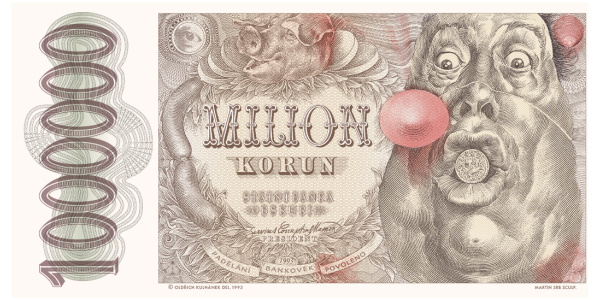

Get a gift for your purchase on our e-shop. More informations